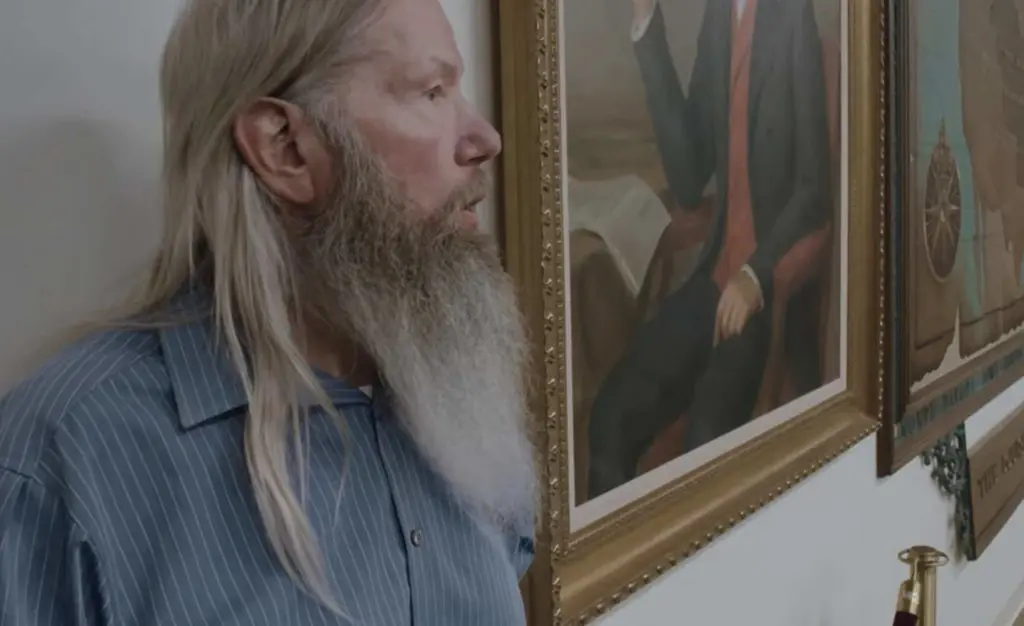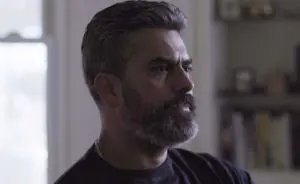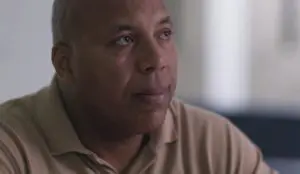4
Summary
“The Evidence: The Duty to Correct” continues to discuss the flawed scientific evidence and the case of Keith Harward.
- The episode discusses how it is challenging to secure employment after being convicted, despite being proven innocent.
- Levon Brooks unfortunately got sick and died.
- District Attorney Forrest Goodall was voted out in 2015.
- Half the cases that the Innocence Project takes on are based on flawed forensic science.




